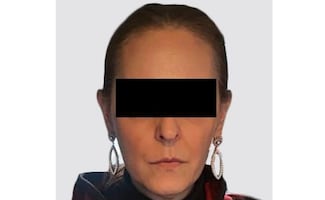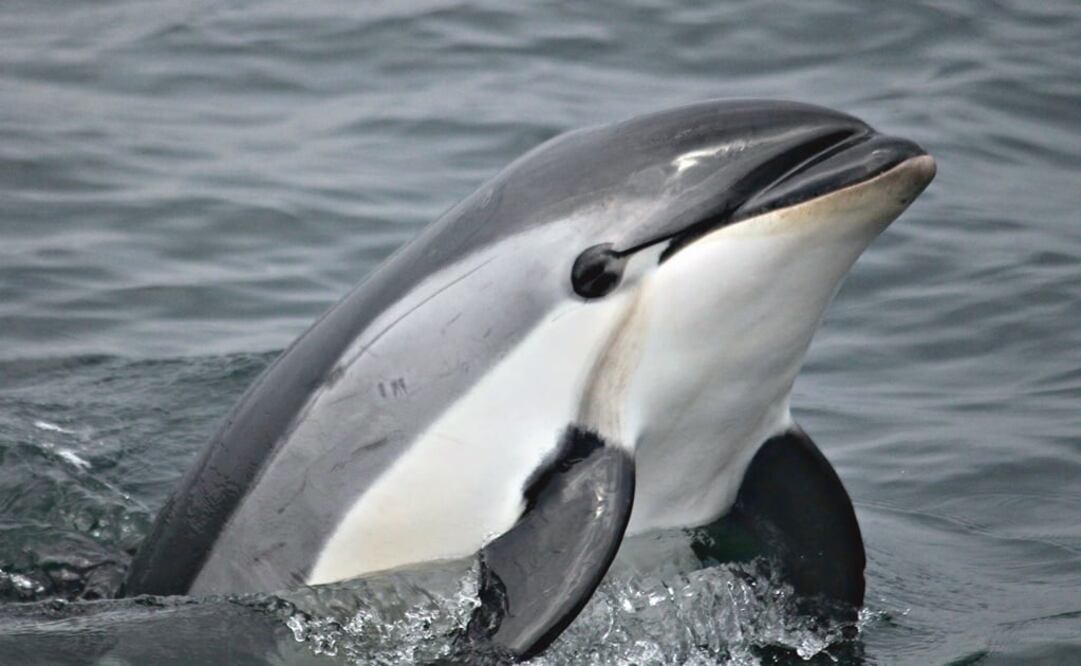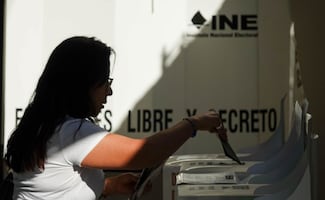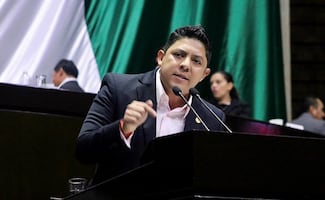Más Información

Secretaría Anticorrupción sanciona a dos empresas por buscar contratos con información falsa; imponen multa de miles de pesos

PRI en el Senado propone prohibir entrega de doctorados honoris causa sin rigor académico; pide honrar méritos comprobables

Dictan prisión preventiva a exasesora de García Luna por delincuencia organizada; falta definir su vinculación a proceso

Hombre muere arrollado por el Tren Maya en Yucatán; elementos de la Guardia Nacional resguardaron el lugar
Mexico’s Agriculture and Rural Development Ministry (SADER), the Environment and Natural Resources Ministry (SEMARNAT), and the Navy Ministry (SEMAR) will be in charge of the protection of the vaquita and other sea species at the north of the Gulf of California.
On Thursday, Mexico’s Official Gazette published an agreement that establishes a “Zero Tolerance Area” along 225 square kilometers within the refuge area for the protection of the vaquita. In that perimeter, authorities will perform sea, air, and satellite surveillance 24 hours a day throughout the year.
Overall, the agreement regulates fishing activities with small and large vessels in the region and establishes disembarkation sites and the use of monitoring systems for the ships. It was signed by the directors of the three agencies, Víctor Manuel Villalobos Arámbulña (SADER), María Luisa Albores González (SEMARNAT), and José Rafael Ojeda Durán (SEMAR) and will allow fulfilling Mexico’s government’s commitments of addressing several issues in the region.
Another of the arrangements of the agreements consists of authorizing the National Guard, among other authorities, to inspect the vessels performing fishing activities.
Recommended:
“All minor vessels referred in the agreement will be inspected, with no exceptions, when they depart, as well as when they disembark. These will take place indistinctly by personnel from the SEMAR, the National Guard, CONAPESCA, and Environmental Protection Agency (PROFEPA) in the terms of their jurisdiction,” it adds.
In addition to the authorities, the terms of the documents are also mandatory for the heads of grants and fishing licenses, captains and bosses of vessels, motorists, fishers, and crewmembers, both small and large, including sports fishers and service providers for sport and recreative fishing that perform fishing activities in Mexican sea area north of the Gulf of California.
Likewise, vessels that have a franchise arrangement or a license must have a modification and manipulation-proof monitoring system with a video surveillance system with the technology and characteristics determined according to the General Law of Sustainable Aquaculture.
Regarding the measures for control, security, and protection of fauna , it mentions that private individuals and legal entities that perform fishing activities in minor vessels at the delimited sea area must inform the Fishing Office of the CONAPESCA nearest to the place where they perform their fishing activities, in no more than 24 hours after the arrival of the vessel to its destination or base port, about any interaction with sea mammals, the release measures implemented, as well as reporting if they were released alive or dead, injured or retained with official or scientific reasons.
Moreover, it is permanently forbidden to use gillnets, including those built with nylon or any modification to them, operated actively or passively for fishing activities in the determined area.
“The only fishing arts allowed are shrimp trawls and trawlers, suripera nets, longlines with hooks, longlines, traps, and free diving or semi-autonomous diving .”
mp
Noticias según tus intereses
[Publicidad]
[Publicidad]










